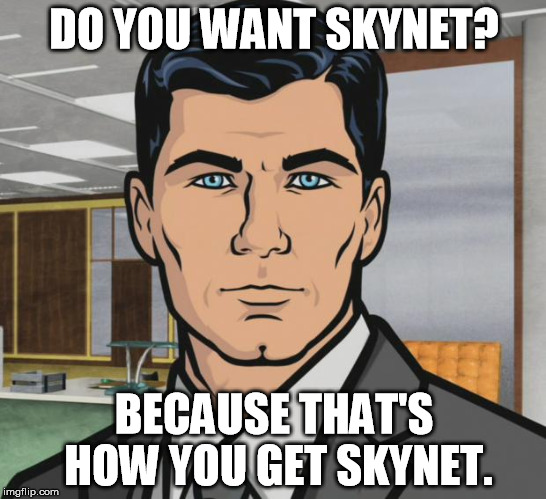Koodaus on yksialue tekoäly projektissa, mutta jos ihmisillä on kykyä, niin tekoälyjen viilaus on noussut kuumimmaksi aiheeksi IT alan töissä. Koodaus on yksi alue, toinen on arkkitehtuurin väsäys ja kehitystyöt.
http://www.theregister.co.uk/2016/10/21/machine_learning_craze_reaches_freelance_market/Machine learning, Tableau, and user experience design represented the fastest growing skills on freelancing platform Upwork during the third quarter of the year, a finding that makes sense in the context of the accelerating collection of data and the need to present it.
"Companies are harvesting explosive amounts of data, and demand for machine learning specialists who can build adaptive algorithms and extract the value of this new data is increasing in turn," Upwork said in a statement.
According to research firm CB Insights, over 200 companies focused on AI-related technology raised almost $1.5bn in funding in the first half of the year. And major tech companies like Apple, Facebook, Google, IBM, Microsoft, Oracle, and Salesforce made public commitments to AI-oriented products and services.
Earlier this month, Upwork reported that the freelance workforce in the US grew from 53 million in 2014 to 55 million in 2016. That figure represents about 35 per cent of the US workforce.
Upwork calculates that freelancers in the US earned an estimated $1 trillion this past year. That may appear to be an impressive figure, but it's not so much on average: divided out among 55 million freelancers, the average one would bring in about $18,182. This may be one reason complaints about Upwork appear to be relatively common.
Still, such labor remains alluring: more workers are freelancing by choice (63 per cent) now than in 2014 (53 per cent), according to Upwork.
The Upwork Skills Index for Q3 measured skill demand by the growth rates of freelancer billings for associated jobs through Upwork in Q2 2016 versus Q2 2015.
IT and development skills represented 55 per cent of the top 20 skills. These include MySQL, API development, .Net, WordPress, desktop development (C++), and mobile development (Android, Swift, and Unity).

 Eli puhutaan jo uudenlaisen uskonnon ja jumalan syntymisestä. Eikö yksi jumalan määritelmän vaatimuksia ole että palvojat (noudattajat) eivät täysin ymmärrä hänen ajatuskuvioita?
Eli puhutaan jo uudenlaisen uskonnon ja jumalan syntymisestä. Eikö yksi jumalan määritelmän vaatimuksia ole että palvojat (noudattajat) eivät täysin ymmärrä hänen ajatuskuvioita?
